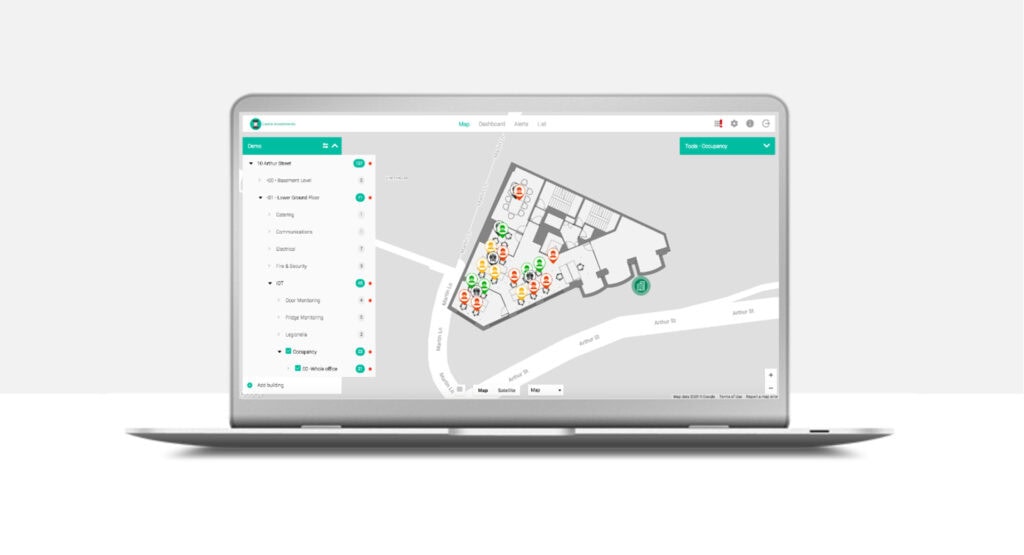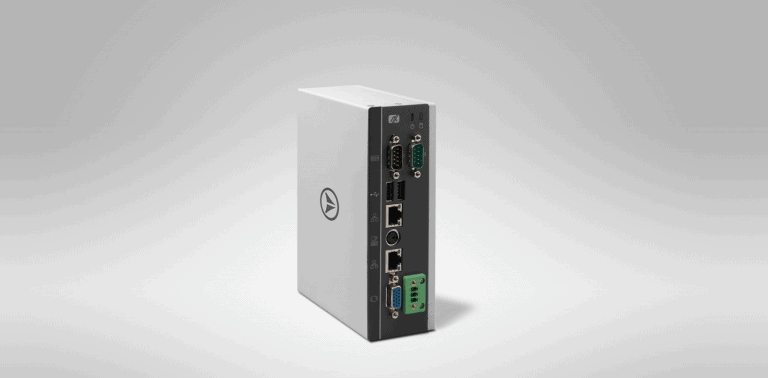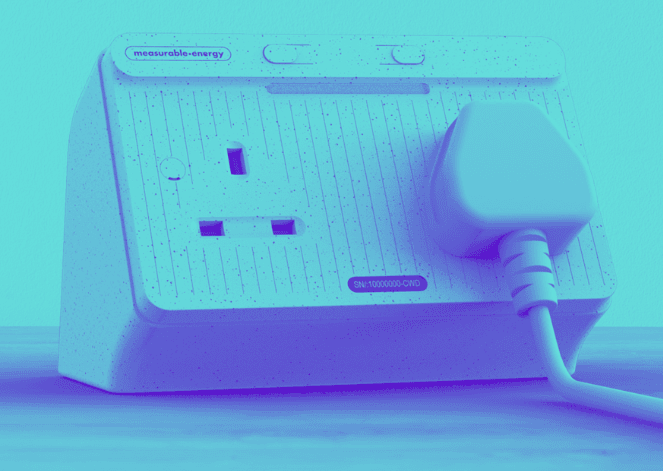System to monitor building energy use

Problem Addressed
According to the Climate Change Committee, buildings are responsible for circa 60% of UK electricity consumption. However, there is often a lack of visibility about what energy is actually being used for. According to Metrikus, office space can be underutilised by 30-40% on a typical day, so energy is inadvertently wasted despite some areas being completely empty.
Case Study
Manchester Metropolitan University (MMU):
By connecting to the building management system (BMS), Metrikus were able to pull data from the energy meters in the Business School. They also deployed footfall counters, so that occupancy data could be overlaid against energy data. MMU was immediately able to see that a high amount of energy was being used irrespective of the occupancy levels. As a result of this data, they decided to reduce operational hours and stagger BMS settings in line with footfall. This quickly helped them to significantly reduce their carbon emissions, an important step in reaching their sustainability goals.
Facts and Figures
This page presents data, evidence, and solutions that are provided by our partners and members and should therefore not be attributed to UKGBC. While we showcase these solutions for inspiration, to build consensus, and create momentum for climate action, UKGBC does not offer commercial endorsement of individual solutions. If you would like to quote something from this page, or more information, please contact our Communications team at media@ukgbc.org.
Related
Tech to help organisations manage their sustainability goals.

Improved monitoring and collaboration for property teams

Easier HVAC system control and monitoring

A smart socket to reduce emissions

